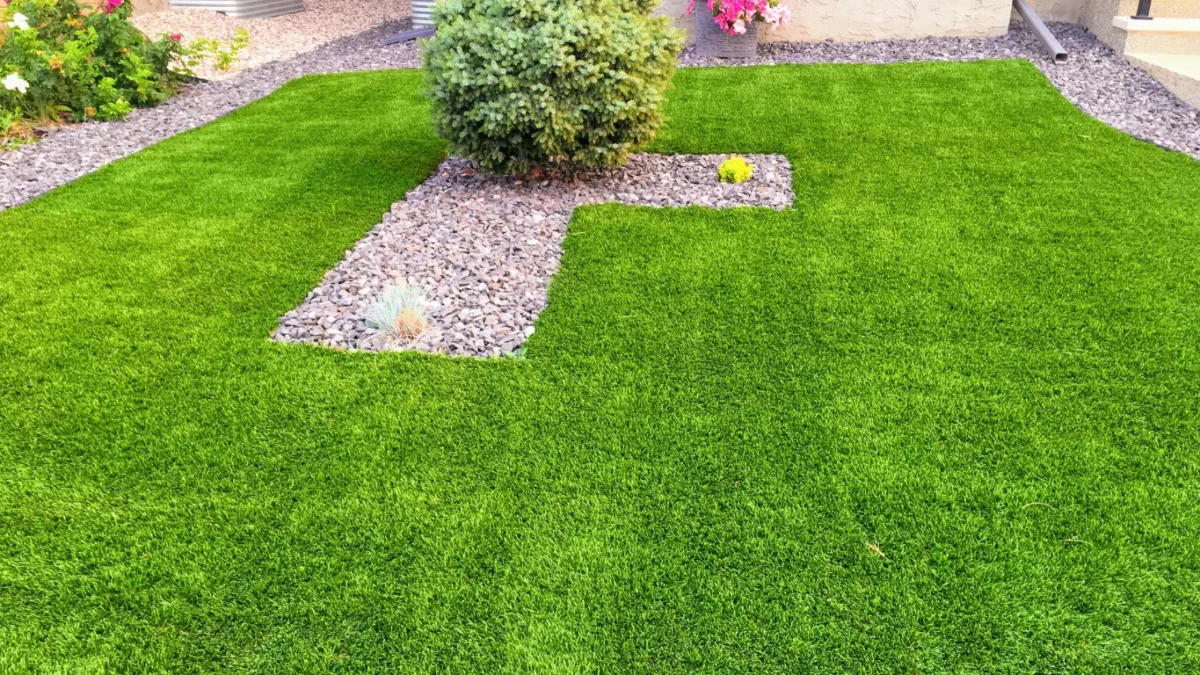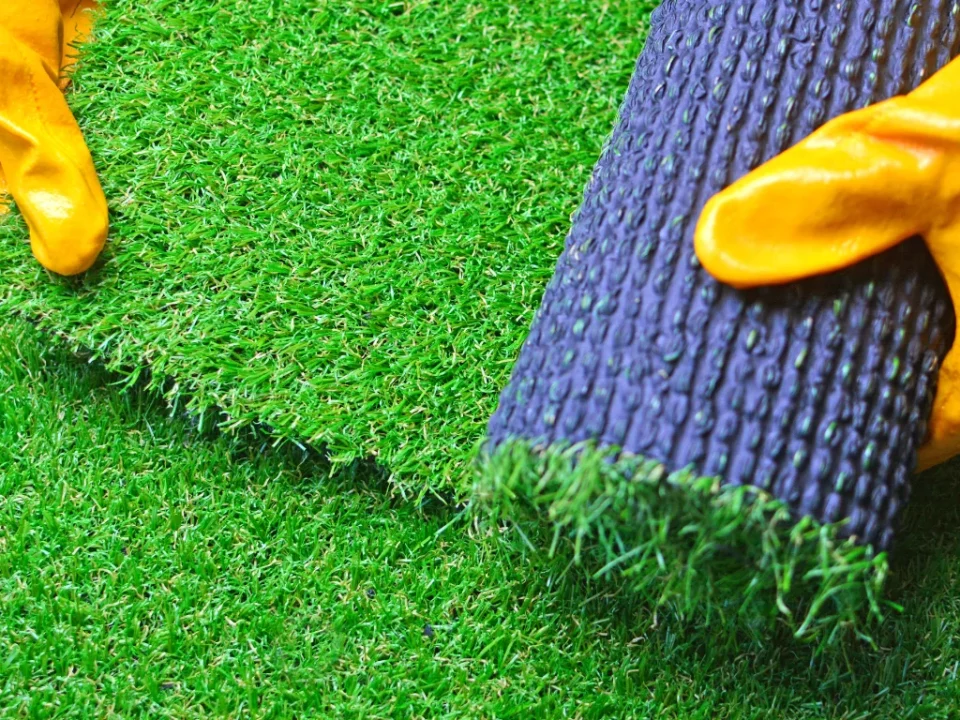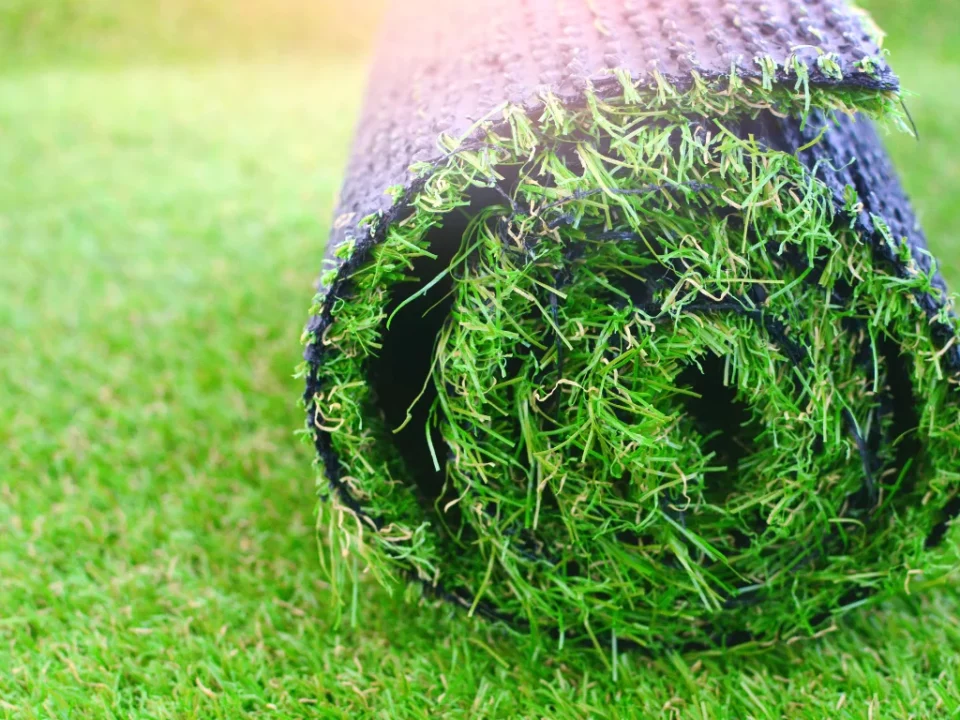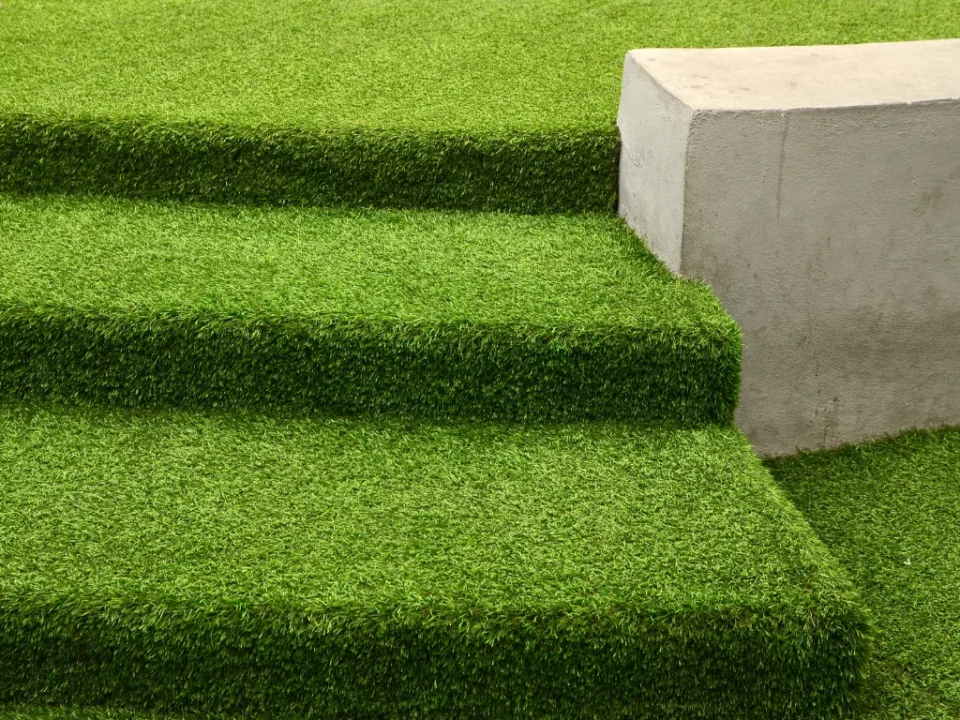Artificial turf is becoming an increasingly popular choice for homeowners who want a beautiful, low-maintenance lawn. As people search for practical and cost-effective alternatives to traditional grass, artificial turf offers numerous advantages. From reducing maintenance time to conserving water, it provides a long-lasting solution for a lush, green lawn year-round. Understanding why homeowners are choosing artificial turf reveals the many ways it enhances both the appearance and functionality of outdoor spaces.
Artificial Turf Offers Low Maintenance and Long-Term Savings
One of the primary reasons homeowners are choosing artificial turf is the significant reduction in maintenance. Unlike natural grass, which requires regular mowing, watering, and fertilizing, artificial turf remains green and pristine with minimal effort. This means no more weekends spent on yard work or worrying about seasonal lawn care. Once installed, artificial turf maintains its appearance without the need for ongoing upkeep.
In addition to saving time, artificial turf also reduces long-term maintenance costs. Natural lawns require frequent watering, which can increase monthly utility bills. By choosing artificial turf, homeowners eliminate the need for irrigation, leading to substantial water savings. Furthermore, there is no need to invest in fertilizers, pesticides, or other lawn care products. Over time, these savings add up, making artificial turf a cost-efficient option for maintaining a lush lawn.
Artificial turf is also durable and designed to withstand heavy use. Whether you have children playing outside or pets running around, artificial turf holds up to everyday wear and tear. It does not develop bald patches or muddy spots, even in high-traffic areas. This durability ensures that the lawn stays green and attractive without the constant repairs required by natural grass.
Environmental Benefits Are a Key Reason Homeowners Choose Artificial Turf
Another significant advantage of artificial turf is its positive environmental impact. In regions where water conservation is a priority, artificial turf provides an effective solution. Natural grass requires extensive watering, especially during dry months. By switching to artificial turf, homeowners can dramatically reduce their water usage while maintaining a vibrant lawn. This conservation effort not only lowers water bills but also supports broader environmental sustainability goals.
Artificial turf also minimizes the need for harmful chemicals. Natural lawns often rely on fertilizers, herbicides, and pesticides to maintain their appearance. These chemicals can seep into the soil and water supply, causing environmental harm. With artificial turf, there is no need for chemical treatments, creating a safer environment for families, pets, and local wildlife.
Additionally, artificial turf reduces carbon emissions. Traditional lawn maintenance typically involves gas-powered equipment, such as mowers and trimmers, which contribute to air pollution. Since artificial turf does not grow, it eliminates the need for these tools, resulting in cleaner air and a lower carbon footprint. This eco-friendly advantage is one of the key reasons homeowners are choosing artificial turf for their outdoor spaces.
The decision to install artificial turf is driven by a combination of convenience, cost savings, and environmental benefits. Homeowners appreciate the ability to enjoy a green, well-maintained lawn without the hassle of regular upkeep. With its durability, water conservation potential, and chemical-free maintenance, artificial turf offers a smart and sustainable solution for modern landscaping. As more people recognize these key advantages, the popularity of artificial turf continues to grow.
Read More:
The Environmental Benefits of Artificial Turf for Modern Landscaping
Top Benefits of Artificial Turf for a Lush, Low-Maintenance Lawn






